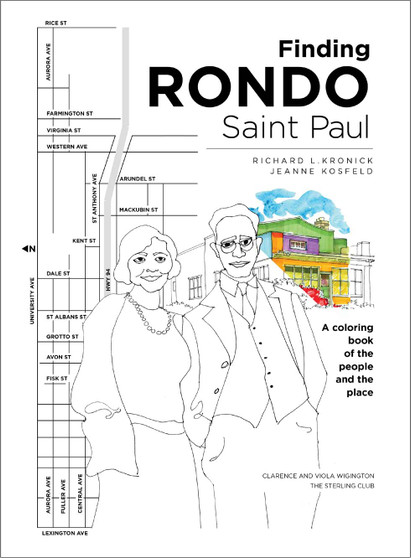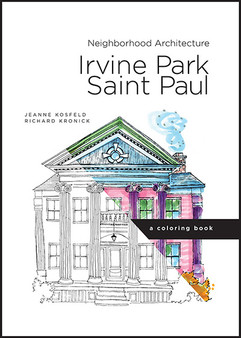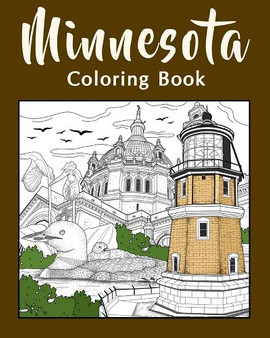Product Description
Historian Richard L. Kronick and artist Jeanne Kosfeld have created a unique book featuring histories of twenty-one people who, despite ubiquitous racism, lived and thrived in Rondo, Saint Paul’s segregated African American neighborhood. Kosfeld’s beautiful ink drawings show each person or group along with their home, school, church, or other place significant to their lives. People aged 3-100 may color Kosfeld’s beautiful drawings while reading Kronick’s short histories of these inspiring Rondo residents. This is Kronick and Kosfeld’s second collaborative book about the human and architectural history of Saint Paul neighborhoods. Their first book, Irvine Park, Saint Paul: Neighborhood Architecture, was published in 2021 by Ramsey County Historical Society Press and received an Honorable Mention Award as part of the juried 2022 David Stanley Gebhard Awards Program of the Minnesota Chapter of the Society of Architectural Historians. Their thirdhistory coloring book, Saint Paul Parks: Architecture, Art,Community, History, will be published in 2024 by Ramsey County Historical Society Press with support from The
Saint Paul Parks Conservancy.
From Richard L. Kronick’s Introduction:
“The construction of Interstate Highway 94 beginning in the late 1950s [cut] Rondo in half lengthwise, east-to-west. Every one of the hundreds of homes, offices, grocery stores, barber shops, drug stores, churches, bars, pool halls, and so much more on the north side of Rondo Avenue and the south side of St. Anthony Avenue — physically about 1/8 of Rondo—were demolished.
Most people—more than 85% by one estimate—actually improved their living situations when houses that
couldn’t be sold on the market were bought by the government. But the freeway tore the heart out of Rondo. Rondo Avenue had been the neighborhood’s vibrant main shopping street — where everyone crossed paths every day – an essential part of what makes a community. But of the dozens of commercial establishments that once thrived up and down Rondo Avenue, none have survived freeway construction.”












